I love digiscoping and I love blogging. After you've had a blog for awhile, you try to think up ways to keep it interesting for you and for your readers--otherwise it will just fall apart. As Facebook and Twitter have grown, my time spent blogging is now spent interacting with folks online. I try to divide up my time to upload posts, Tweet and Facebook, but still go outdoors.
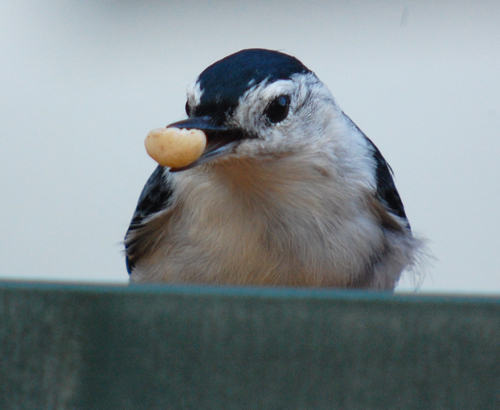
I love to digiscope my feeder birds, but how many photos of white-breasted nuthatches can I post before readers go, "Oh, wow, another nuthatch photo. They eat nuts just like she says...all...the...time." I wondered how could I channel my love of digiscoping, birds and social media...then it hit me--I challenged my fellow digiscoper--Clay Taylor to an online digiscoping duel tomorrow on Twitter.
Clay lives in Texas, I will be at Mr. Neil's house. I set a challenge to see who can take the most photos of birds with digiscoping and post them to Twitter from their respective yards before 4 pm Central Time. You can follow this contest online if you have a Twitter account by following me @Birdchick and Clay @CTaylorBirder. If you used an application for managing your Twitter follows, we will also use the hashtags #digiduel and #birding as we upload photos of birds. Feel free to retweet photos you like them. With fall migration, we should get some interesting shots.
I love this idea because Clay and I can kind of bird together but in different parts of the country and we can share our birds for a compare and contrast for others to see--and we don't have to fly in a plane. I'll be curious to see how this pans out. Since he's in Texas, he could have more birds...but if the winds are weird or his online connection is wonky, I could post more photos before he can. Either way, there will be some awesome birds on Twitter tomorrow.

 Amidst all the staging, a double-crested cormorant captured a fish. The bird had pierced the body of the fish clean through. When it surfaced and tried to reposition the fish for better swallowing, a young ring-billed gull thought, "Hey, cormorant, your fish is relevant to my interests."
Amidst all the staging, a double-crested cormorant captured a fish. The bird had pierced the body of the fish clean through. When it surfaced and tried to reposition the fish for better swallowing, a young ring-billed gull thought, "Hey, cormorant, your fish is relevant to my interests."






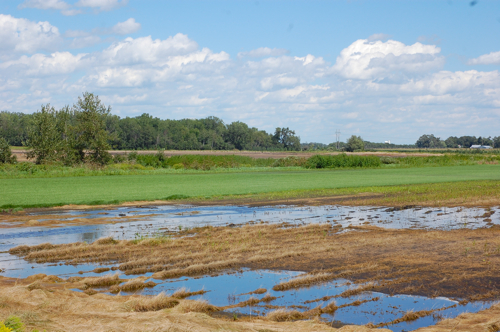
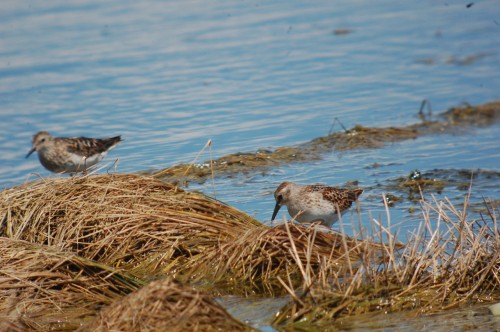
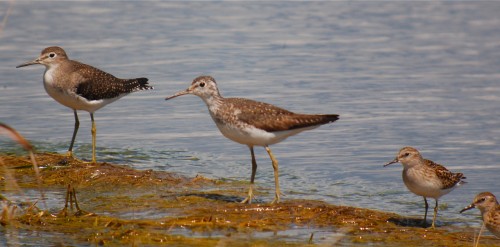
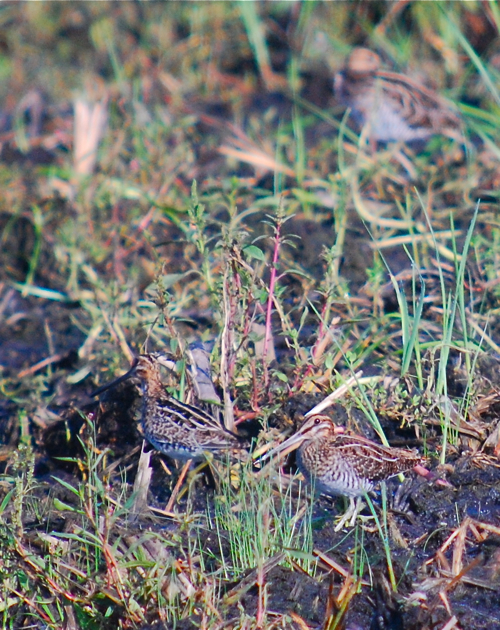
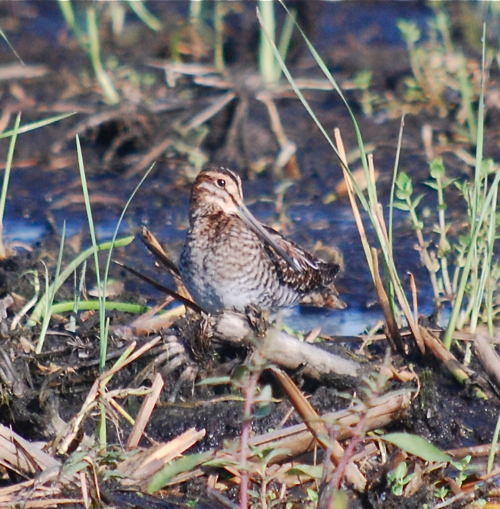
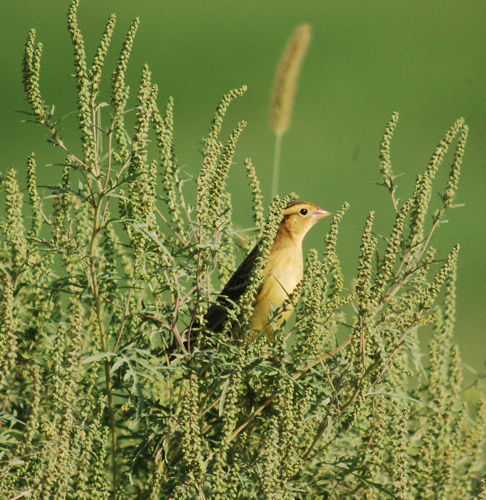
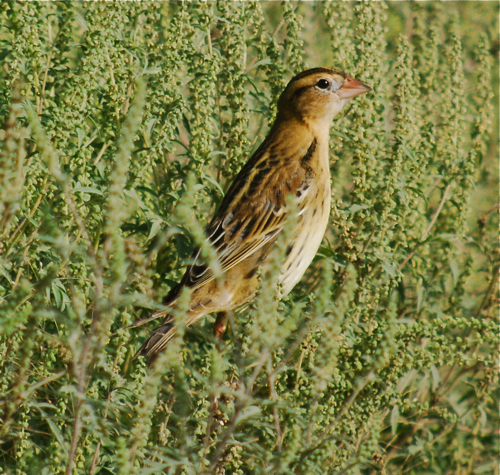
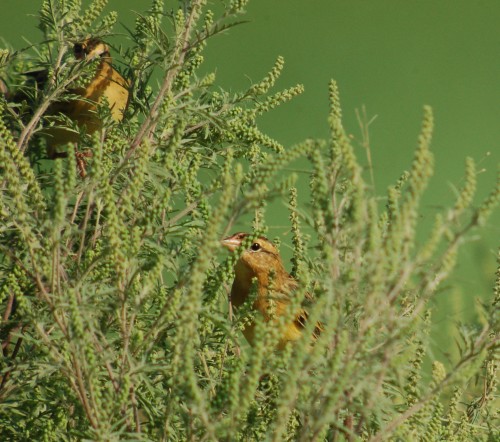
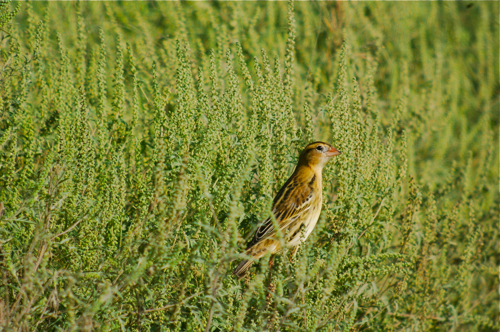







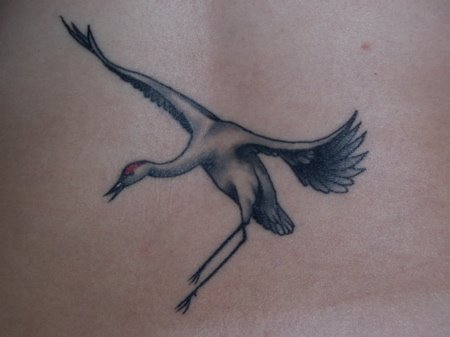 Well, I guess I better keep my lower back covered in orange this fall: The
Well, I guess I better keep my lower back covered in orange this fall: The 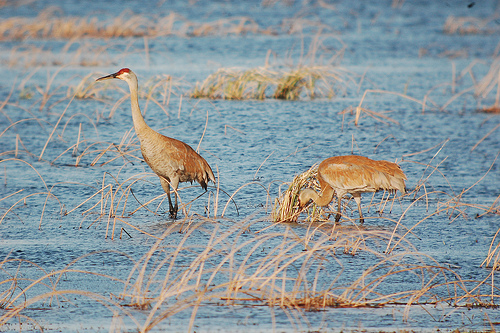
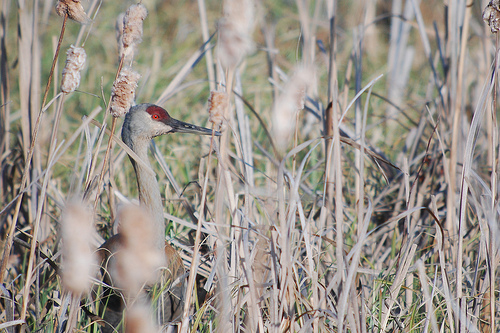
 I put this photo on Twitter last week, but I have to put in the blog for my mom (she doesn't do that wacky Twitter with all the Tweets and the ReTweets and the @Replies). It's been crazy at the feeders this year. There's usually an indigo bunting hanging out in spring, but once the insects hit, they disappear. Now there are so many nesting around Mr. Neil's feeding station at we have at least 2 different pairs coming to the feeders. They are rather cagey birds. If they detect any movement at the window, they take off. They are coming in to the Nyjer and sunflower chips and will land on the feeders or forage in the grass below.
I put this photo on Twitter last week, but I have to put in the blog for my mom (she doesn't do that wacky Twitter with all the Tweets and the ReTweets and the @Replies). It's been crazy at the feeders this year. There's usually an indigo bunting hanging out in spring, but once the insects hit, they disappear. Now there are so many nesting around Mr. Neil's feeding station at we have at least 2 different pairs coming to the feeders. They are rather cagey birds. If they detect any movement at the window, they take off. They are coming in to the Nyjer and sunflower chips and will land on the feeders or forage in the grass below.